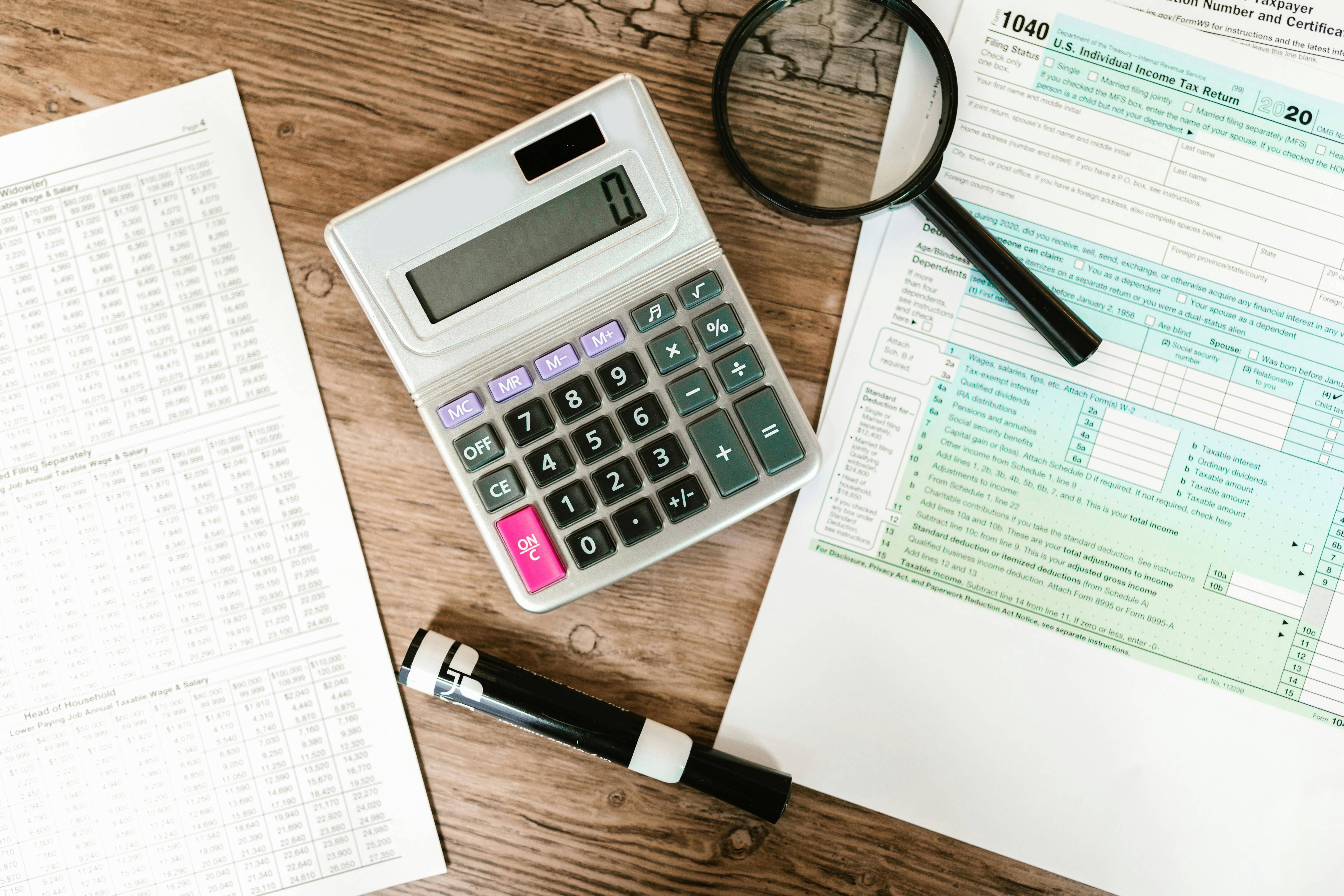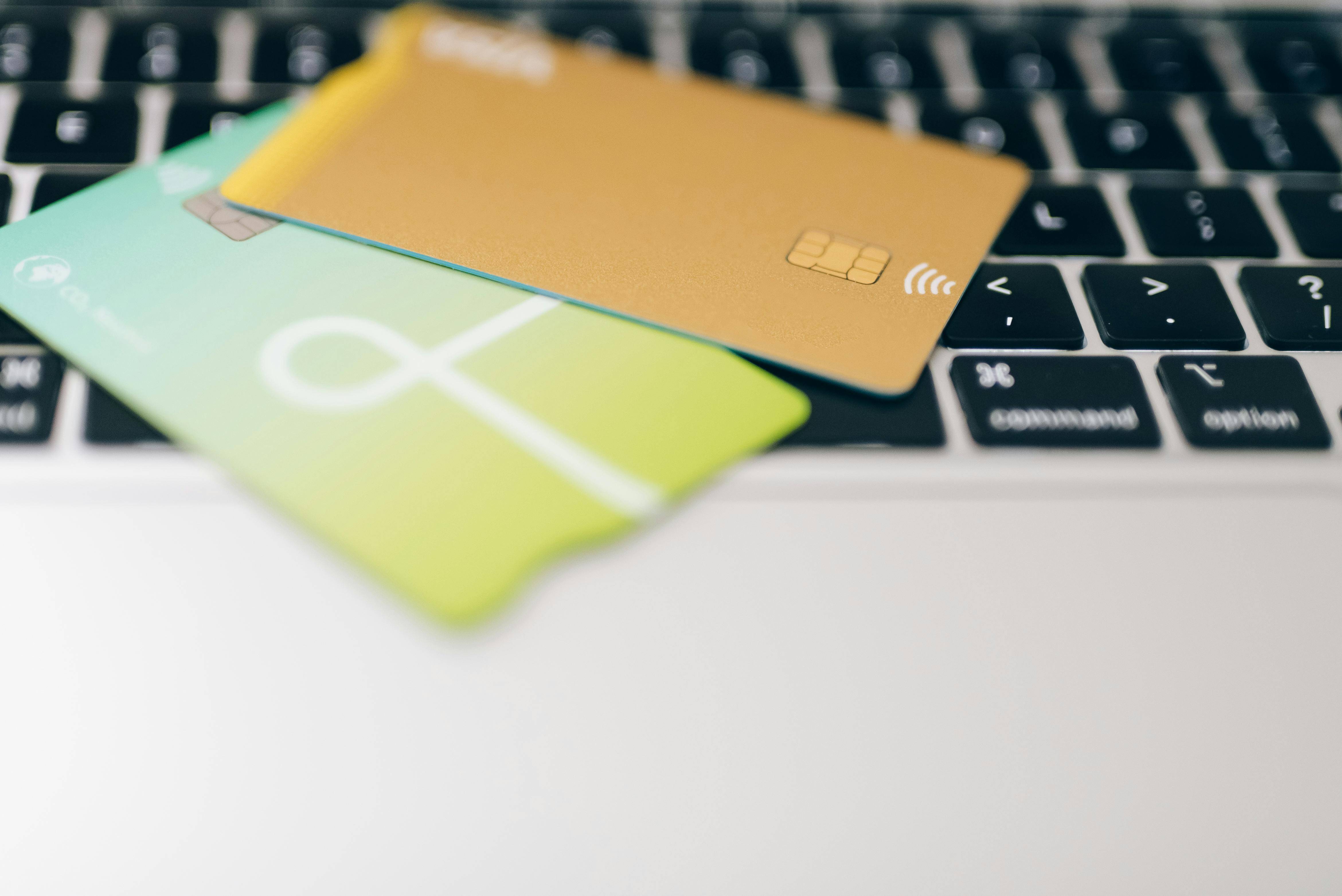2 min read
Understanding the Impact of Credit Scores
Credit scores are a fundamental aspect of personal finance, affecting everything from your ability to secure a loan to the interest rates you'll...
6 min read
Infocus Wealth Strategies : 8/26/22 12:00 AM
5 min read
 David DeWitt, CFP® : Aug 26, 2022 12:03:40 PM
David DeWitt, CFP® : Aug 26, 2022 12:03:40 PM
In this article, I will talk about the updates on President Biden’s plan for student loan forgiveness, as well as discuss income-driven forgiveness and Public Service Loan Forgiveness. If you have any questions, feel free to leave a comment!
Millions of U.S. college graduates have begun their careers with a crushing student loan debt balance. 40 million Americans owe more than $1.7 trillion in total loan debt. This equates to more than 50% of students graduating with significant debt.[1] The overwhelming majority of this student debt is federal student loans, with the remaining amount owed to private lenders.[2]
Over the hundreds of conversations I have had with ADHDers in the past couple of years, I know that many in the ADHD community also have been straddled with student loan debt. When you pile on the fact that ADHDers are already statistically more likely to have lower pay, more debt, and other financial concerns, it is no surprise that I have heard several times that the ADHDers I talk to naming taking out student loans as a primary regret.
There are several existing programs to lessen the burden of student loans but require decades of repayment. The Public Service Loan Forgiveness (PSLF) program was created to provide relief and attract students into public service careers. It allows borrowers who make ten years of loan payments to have the remaining outstanding balance forgiven.
Immediate Relief for Many Borrowers
In the past two years, student loan debtors enjoyed some relief as monthly payments were paused during the pandemic. In late August, the Biden Administration extended this hiatus on student loan payments until December 31, 2022.
In addition to the extended pause, President Biden announced that the government would forgive federal direct loans up to $10,000 for graduates with annual salaries below $125,000 or $250,000 for married couples or heads of households.[3] Biden will also cancel up to $20,000 for borrowers who meet those requirements and were Pell Grant recipients in college. The initiative caps the relief at the amount of a borrower's outstanding eligible debt.
Students still in school are eligible to have debt canceled, and the income cap will apply to their parent's income. Parents who took out Parent PLUS loans are also eligible. For many borrowers, the debt cancellation will be automatic as their information is already on file. If information is not on file, borrowers must verify income with the Department of Education.
Income-Driven Loan Forgiveness
The federal government has four main income-driven payment plans, enabling borrowers to cap loan payments at a percentage of monthly income. If accepted into one of these programs, the remaining loan balance will be eligible for forgiveness after 20 or 25 years, depending on the plan. However, few borrowers have achieved loan forgiveness through these plans. Other plans include teacher loan forgiveness, state-sponsored repayment assistance programs, and military student loan forgiveness and assistance.
Understanding Public Service Loan Forgiveness
This plan is available to federal, state, local, and Tribal governments and qualifying nonprofit employees with federal student loans.
The government will forgive the remaining loan balances for eligible borrowers who complete 120 qualifying loan payments, i.e., ten years of work before being eligible for loan forgiveness.
How to Qualify for PSLF
1) The Correct Loans that Can be Forgiven
PSLF will only forgive eligible William D. Ford Federal Direct Loan (Direct Loan) loans. Private student loans do not qualify.
Debtors can consolidate other federal student loans, such as Federal Family Education Loan or Perkins loans, to make them eligible for PSLF. A borrower who qualifies for a Perkins loan consolidation can request forgiveness after five years of public service. In that instance, the best option is to pursue that forgiveness and not consolidate the Perkins loans. The debtor can still participate in PSLF if they have other federal student loans.
2) Full-time Work for a Qualifying Employer
Debtors must complete an employment certification form to confirm that their employer qualifies and send the form to FedLoan Services, the contractor that services PSLF for the department. Once the form is processed, the loans will be transferred to FedLoan to be serviced going forward.
A new form must be submitted annually or when the borrower switches jobs. It's not a requirement to send in the form every year, but it is recommended to do so for the debtor's records. The debtor can also apply for forgiveness once eligible and certify employment retroactively.
3) Hours that Must be Worked Weekly
Borrowers must work for the qualifying employer full-time, at least 30 hours per week. If a debtor works part-time for two qualifying employers and the hours average at least 30 hours each week, they may still be eligible.
4) Complete 10 Years’ Worth of Payments
Each borrower must make 120 monthly loan payments.
The payments must be made:
There are a few other considerations. Eligible workers can change jobs, even switching between qualifying and nonqualifying employers. However, payments only tally towards PSLF when the worker is at a qualifying employer.
A Temporary Change Has Made a Permanent Difference for Many
Since its inception, the program suffered from being difficult to navigate for many borrowers, and the type of eligible loans was narrow.
In October 2021, temporary changes were made to the PSLF program to simplify the debt cancellation process for borrowers who have made ten years of on-time payments. A retroactive waiver broadened the types of loans that are eligible for forgiveness, and automatic certifying of payments for federal employees and military members was introduced. In addition to having debts canceled, more than one million borrowers have used the waiver to receive additional credit toward forgiveness.
The temporary changes allow student borrowers to get credit for payments made on loans from the Federal Family Education Loan (FFEL) Program, Perkins Loan Program, and other federal student loans. These borrowers must apply to consolidate their loans into a Direct Consolidation Loan before October 31 to qualify for the program under the temporary changes. Borrowers can also combine multiple sources of part-time employment to qualify, and months in service do not have to be consecutive.
The changes were necessary and overdue. Over its history up to October 2021, the program discharged debt for only 7,000 borrowers, according to the Department of Education. The temporary changes resulted in 175,000 borrowers having $10 billion in debt canceled in the last ten months. However, the waiver of qualifying payment rules ends on October 31, 2022.
Tax Implications
According to the Internal Revenue Service, student loan amounts forgiven are not considered income for tax purposes.
Final Steps
Once a borrower has fulfilled all the requirements of the PSLF program, it's time to submit the Public Service Loan Forgiveness application. The applicant must work full-time for a qualifying employer at the time of the application.
Along with the application, an employment certification form for the current employer and each employer during the 120 payments must be submitted. If the applicant completes these forms each year, only the current employer's certification must be included. FedLoan Servicing will notify the applicant once it receives its paperwork. The applicant does not have to pay the monthly loan bill while FedLoan Servicing processes the application.
The Bottom Line
For borrowers with lower balances, the $10,000 or $20,000 student loan forgiveness program will mean an immediate, tangible difference in income and standard of living. Borrowers with higher balances that have made payments but were having difficulty getting debts discharged will – until October 31, 2022 – have a chance to cut through the red tape and get relief.
References
[1] Annie Nova. “Biden’s decision on student loan forgiveness could come as soon as Wednesday.” CNBC.com, August 23, 2022.
[2] Alicia Hahn, Jordan Tarver. “2022 Student Loan Debt Statistics: Average Student Loan Debt.” Forbes.com. June 9, 2022.
[3] Annie Nova. “Biden cancels $10,000 in federal loan debt for most borrowers.” CNBC.com. August 24, 2022.
This work is powered by Advisor I/O under the Terms of Service and may be a derivative of the original.

2 min read
Credit scores are a fundamental aspect of personal finance, affecting everything from your ability to secure a loan to the interest rates you'll...

1 min read
Society seems to teach us to go to school to get good grades so that we can go to a good college and get a good job. Now we can make money to become...
-3.png)
A podcast listener recently asked me this question. "What does one do if, after adding up fixed expenses, there is no money leftover and nothing to...

3 min read
Skip to the main content. About Our Services Success Stories Value of planning Client Experience FAQs ...

4 min read
Skip to the main content. About Our Services Success Stories Value of planning Client Experience FAQs ...

2 min read
Skip to the main content. About Our Services Success Stories Value of planning Client Experience FAQs ...
Bobguide Bobguide
Thanks for sharing this post as it comes with a lot of useful details.
Jeremy Fisher
I'm so excited to say that your article on student loans is one of the best on the internet. I've been scouring the internet for a good article on student loans and yours really resonated with me. Please keep up the good job.
David DeWitt, CFP®
Thanks for the comment!
Jeremy Fisher
I'm so excited to say that your article on student loans is one of the best on the internet. I've been scouring the internet for a good article on student loans and yours really resonated with me. Please keep up the good job.